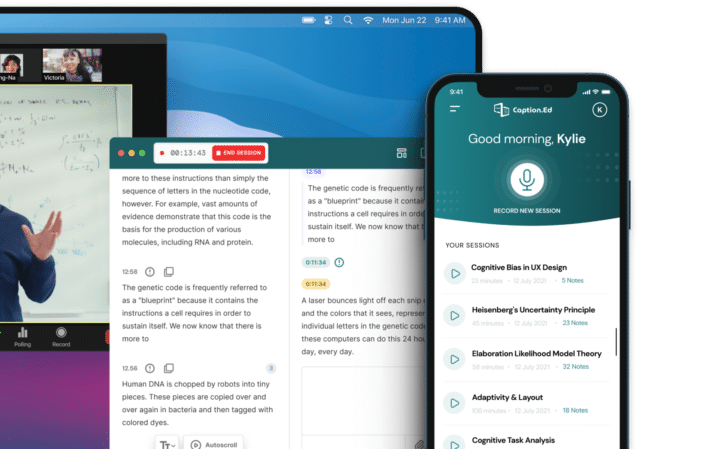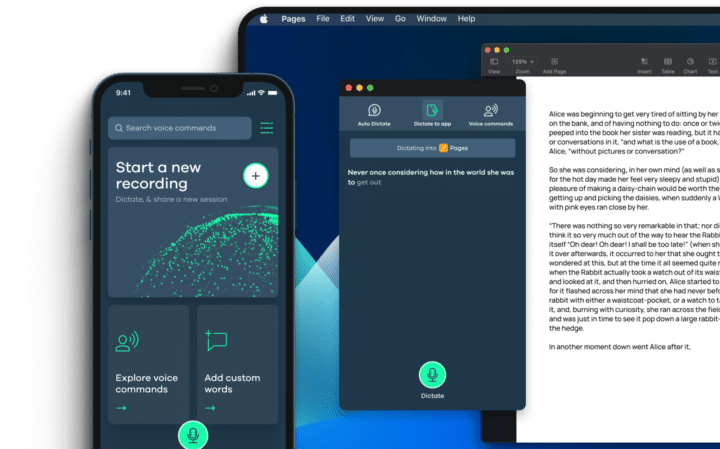Also referred to as classic or profound autism, severe autism is a complex condition that has a severe impact on communication, social interaction, and behaviour. Autism or ASD exists on a spectrum and different levels of severity or intensity define each level. For instance, people with Level 1 ASD can have difficulty initiating conversations while Level 3 individuals have severe deficits in communication skills.
In this post, we’ll explain more about severe autism. But it’s also worth highlighting the positives from ASD, for instance where employees with autism can be 90% more productive than their peers when supported in the workplace.
What Are the Symptoms of Severe Autism?
According to the National Autistic Society, ASD or autism assessments use criteria laid out in the diagnostic manual ICD-10, and the DSM-5.
The DSM-5 defines Level 3 as “Requiring very substantial support” while categorising autism characteristics and symptoms in two areas – communication and behaviours. So let’s take a closer look at both.
Communication
According to DSM-5 criteria, individuals classed in need of very substantial support display severe deficits in verbal and nonverbal communication. They will be very limited in initiating any social interactions and give minimal responses to others.
Individuals at Level 3 will often be nonverbal or nonspeaking. Those who do speak may use limited words. These deficits will cause them to have problems initiating conversations or responding to others. And this can manifest in problems in certain areas:
- Problems in social or workplace settings such as greeting people and sharing information in a socially relevant and appropriate way. Research suggests that 85% of autistic people worldwide are unemployed, and many of these will have severe autism.
- Impaired ability to adapt to communication or meet the needs of the listener. Examples may include struggling with presentations, interviews, and knowing when it’s appropriate to use formal or informal language.
- Difficulties taking turns in conversation or recognising inferences or subtle cues.
- Social isolation, lack of relationships, poor academic achievement, or subpar occupational performance.
Behaviours
Level 3 severe autism symptoms also show up in the form of repetitive behaviours. Some examples include opening and closing doors, and violent rocking or spinning. Behaviours can also include a general sense of inflexibility, difficulty coping with change, sleeplessness, and epilepsy.
Environmental sensitivity is also a prominent behaviour, where individuals show extreme sensitivity to large crowds, bright lights, and loud noises.
Learn More About Our Products
Our Products
Individuals categorised at this level may also be more prone to autism meltdown, where they experience involuntary overwhelm or overload in their Central Nervous Systems as a response to an emotional situation, a stimulating environment, or other sensory triggers.
Autistic meltdowns are dramatic, intense experiences. Sufferers describe a feeling of being out of control of their body and their body’s responses. Symptoms of an autistic meltdown can include:
- Biting
- Hitting and kicking
- Stimming
- Foot-stomping
- Shouting, screaming, crying
What Is the Difference Between Moderate and Severe Autism?
Moderate autism is also known as Level 2 of the DSM-5 criteria.
Unlike Level 3 or severe autism, people with Level 2 moderate autism require substantial support to manage their condition. They may display similar challenges that are less pronounced than severe autism.
People with moderate autism will still have challenges that impact their daily lives. And the key differences between moderate autism and severe autism include:
- Communication: During development, children with moderate autism may learn to communicate using visual cues such as pictures, drawings, paintings, or graphics. They may be able to communicate in some way using technology tools. But children with severe autism may have very limited language and communication skills and only communicate using sounds and groans.
- Sensory processing: Like people with severe autism, people with moderate autism can also experience autism meltdown when overwhelmed with too much sensory input. They may engage in therapeutic support, counselling, or find other strategies to help them.
- Behaviours: Moderate autism can show up as a lack of proper eye-hand coordination, repetitive behaviours, and distress when faced with minor changes to their daily schedule. People with moderate autism may also struggle to recognise social cues and facial expressions, but have a better ability to work alongside others than those with severe autism.
Levels of Autism
Severe autism and moderate autism make up two levels in a bigger picture of autism diagnosis, as defined by the DSM-5 guidance in their formal criteria. Across each category of severity level–including autism Level 1, autism Level 2, and autism Level 3–sits a set of guidance.
So let’s look at each level of autism in greater detail:
Level 3 – Severe Autism: “Requiring Very Substantial Support”
As highlighted, autism Level 3 is an intense condition requiring very substantial levels of support and management. People with autism Level 3 will face some of the following challenges in their lives:
- Communication: Severe deficits in both verbal and nonverbal communication, often leading to a diagnosis of nonverbal. Lack of social communication skills will lead to severely impaired functioning, limited-to-no initiation of social interaction, and minimal responses to others.
- Behaviour: Inflexibility, extreme difficulties facing change, repetitive or restricted behaviours that interfere with functioning. Distress and difficulty when changing actions or focus.
Level 2 – Moderate Autism: “Requiring Substantial Support”
Autism Level 2 or moderate autism and requires substantial levels of support. People with autism Level 2 will show the following behaviours and patterns:
- Communication: Marked deficits in both verbal and nonverbal communication. Will display social impairments even with support in place. Limited initiation and reduced or unusual responses to others.
- Behaviour: Inflexibility, difficulties facing change, repetitive or restricted behaviours that others notice. Distress and difficulty when changing actions or focus.
Level 1 – Moderate Autism: “Requiring Support”
Level 1 autism relates to
- Communication: Noticeable impairments to social communication. Difficulties with initiating social interactions and demonstrated atypical responses when others try to initiate contact.
- Behaviour: Inflexibility, extreme difficulties facing change, repetitive or restricted behaviours that interfere with functioning. Intensely focused but becomes distressed when asked to change actions or switch focus.
Does Autism Get More Severe With Age?
It wasn’t until the 1970s that autism was widely diagnosed in society. And many of the children who received a diagnosis are in middle age now. Of course, other people have received autism or ASD diagnoses in their adult lives. However, it is still a new area with fairly limited available data on the severity of autism over time.
One person who has collected data on the demographic and cognitive profile of ASD in adulthood is Professor Rebecca Charlton at Goldsmiths University in London. A 2016 report analysed 146 participants – 100 people with an ASD diagnosis and 46 without. Results showed a link between age and severity of ASD in terms of more severely autistic demonstrated autistic traits in social situations, communication, and flexible thinking.
The report also suggests older people with ASD prefer structured, rule-based situations they can follow as a routine. And it suggested that adults with ASD may have more time to develop more effective coping skills to help mitigate the negative impact over time.
More recent research suggests there is a significant change in autism severity between the ages of 3 and 11 years old. These changes don’t suggest a worsening of symptoms but a change in severity, since more than a quarter of children decreased in severity and a similar amount increased in severity during this time frame.
In conclusion, it’s difficult to answer the question of does autism gets more severe with age. Evidence shows severity changes as someone ages but this includes a decrease in severity as well as an increase. Plus, it may be that older people have developed coping strategies that lessen their perception of autism severity.
CareScribe Offers Assistive Technology for Neurodivergent Users
Assistive technology can be used to support and enhance communication for people with autism. CareScribe is at the forefront of assistive technology and our products address a wide range of needs.
Featuring a set of custom dictionaries with live captioning and note-taking functions, Caption.Ed can add captions instantly to your meetings, lectures or seminars, either in-person or online. You can also add timestamped notes, synced to your transcript, and highlight key information so you never miss out on the important stuff.
TalkType is highly accurate dictation software built for Windows, Mac, and mobile devices. Dictation software like TalkType can transform the way you work and study. As well as boosting productivity and efficiency, dictation software can provide autonomy to anyone who cannot type using traditional keyboards.
Caption.Ed and TalkType are dynamic AT tools that are transforming outcomes across many workplaces and universities.



